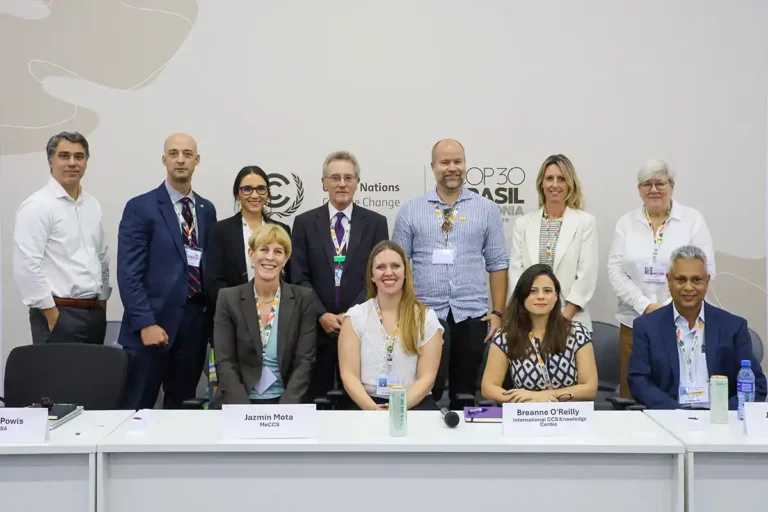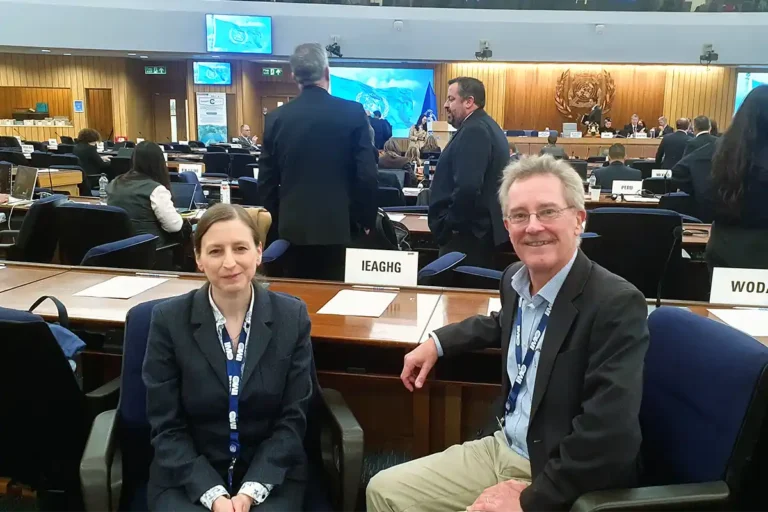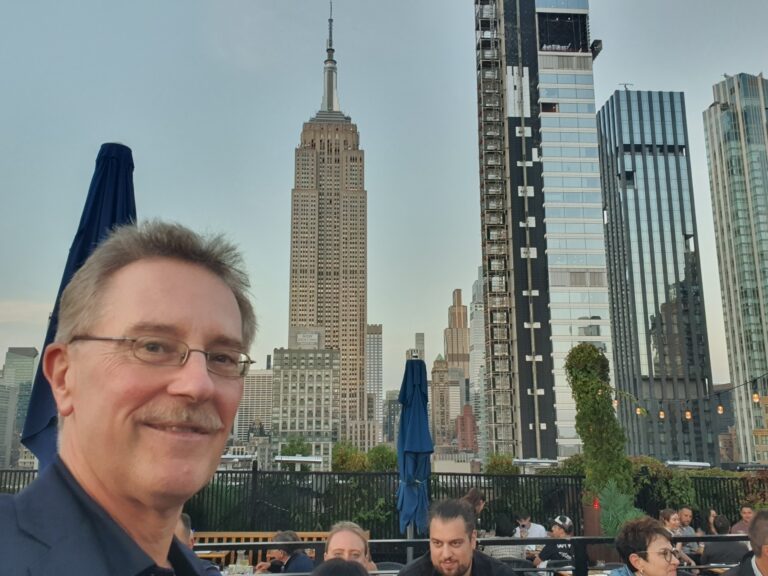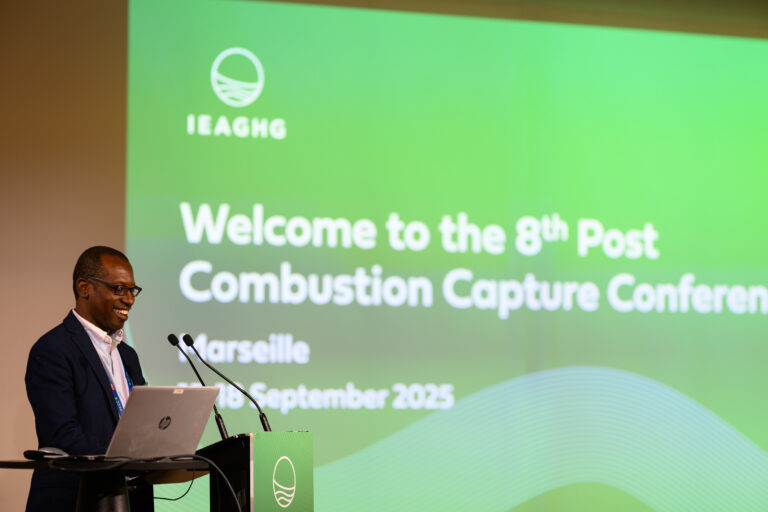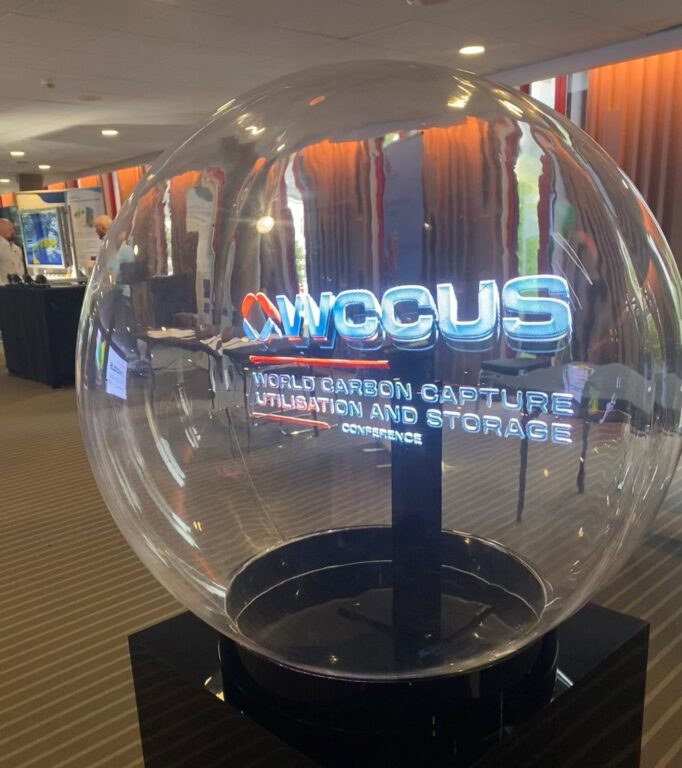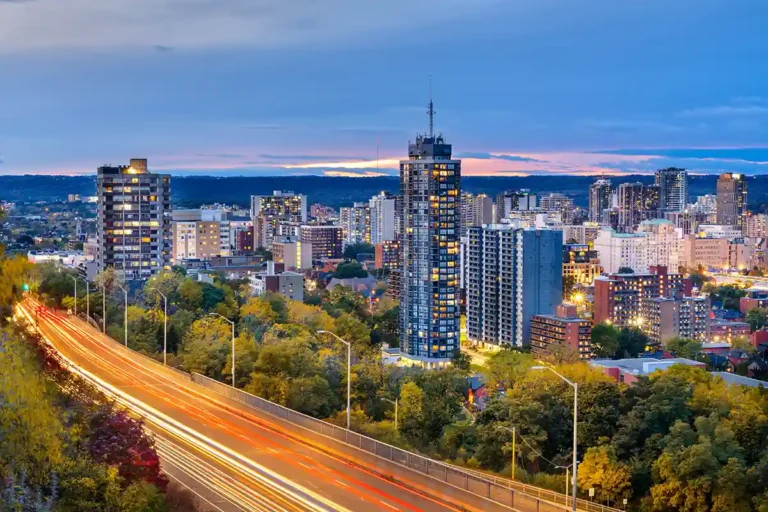
COP30 second week and final outcomes – fire and water
24 November 2025
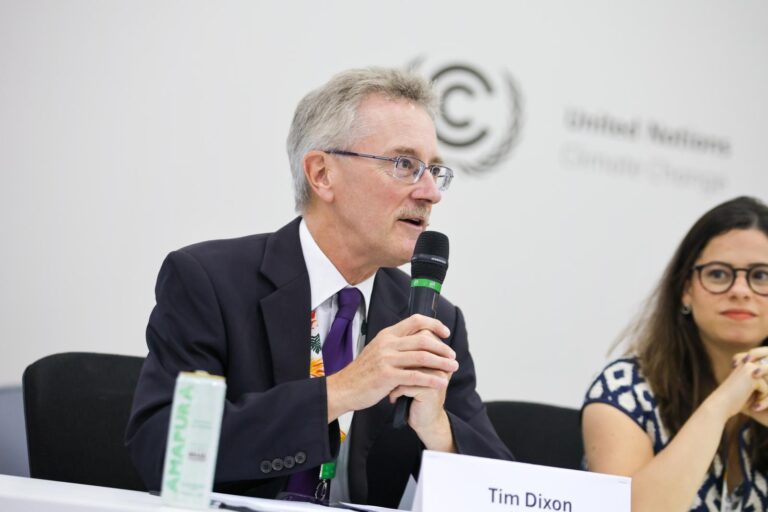
Overall outcomes
This was an even more dramatic COP than usual, but with an output that was weaker than many had hoped for. The Brazil hosts had great hopes for this COP. There was even talk in the second week of COP ending early, with early sight of the first draft of a cover text, named a “Global Mutirao” decision, containing several options on the key topics. However, there was much disagreement by countries on most of these key topics, and so the COP actually ran over time by a day to finish Saturday evening, with some annoyance being expressed by delegates in the plenary.
Being in the Amazonia region, there was expectation of a new agreement on forests, but this didn’t happen. Instead, the COP Presidency will develop a roadmap on halting and reversing deforestation, to be reported to COP31. Also, many countries (around 80) wanted a new agreement on a roadmap to transitioning from fossil fuels (noting the agreement at COP28 to transition away from fossil fuels in keeping with the science), but this also couldn’t be agreed. Instead, the Presidency will develop a roadmap on this topic to be reported to COP31, and Colombia will host a conference on transitioning away from fossil fuels in 2026.
Another main theme for this COP was adaptation, and it was hoped that new indicators of adaptation progress would be agreed, but they were not. There was an agreement to call for trebling of adaptation finance by 2035. There was also wider hope for increase scale up of funding from developed countries to developing, but this did not really happen, just agreement on a roadmap to scale up.
In my view, the most important aspect is the reduction of emissions as expressed in the updated Nationally Determined Contributions (NDCs). This year was the deadline for the third updates, and 122 achieved this deadline. Analysis shows that these would put the world on a path to warming of 2.3 – 2.5C by the end of the century (instead of warming of 4 – 5C without the Paris Agreement NDCs). So still a long way from 1.5C or 2C.
On a more positive note, in the “Global Mutirao” decision there is plenty of positive and encouraging statements such as on enhancing NDCs, keeping 1.5C within reach, and sharing best practices. A main outcome was a Just Transition mechanism, to support workers as industries change to being low carbon. I have yet to look at the details on this, but of course CCS is very relevant to maintaining jobs in hard-to-abate industries and creating new low-carbon jobs such as the 50,000 referred to in the UK.

Article 6.4 Huddle
Also on a positive note, at least things did not go backwards on past achievements such as the COP28 cover decision, and on Article 6.4 (Paris Agreement Crediting Mechanism – PACM). There were calls from some countries for the two PACM standards (on Removals and CCS, and on Reversals from Removals and CCS) to be re-opened and changed to being less stringent so as to be easier for nature-based solutions. However, as the 6.4 Supervisory Body argued last week, these standards are science-based in the context of removing CO2 from the atmosphere for timescales that are relevant to climate impact. I kept an eye on the 6.4 negotiations to check there was nothing being included in texts that was going to compromise the high integrity of these standards, and there wasn’t.
Adding excitement to this COP was the competition between Australia and Turkey to host COP31. In the second week, a compromise was reached between them with Turkey hosting and Australia leading negotiations.
CCS at COP30
IEAGHG’s main role is to provide science-based information on CCS to COP delegates, and IEAGHG was very active in both weeks. In the first week we organised a UNFCCC Side-event (see my blog of the 18 Nov) and held one-to-one meetings with various country delegations. In the second week I was involved with a session organised by UK DESNZ on CCUS Myth-busting Live. This tackled four myths: it is greenwashing; it is too expensive to scale up; it is not proven; and it is unsafe. The panel was made up of Dr Katharine Romanak, UT, Dr Alaa Al Khourdajie, Imperial College, Dr Jen Roberts, University of Strathclyde, Dr Jazmin Mota-Nieto, MeCCS, and Nathalia Weber, CCS Brasil. and moderated by myself which also gave me opportunity to contribute to the myth-busting. It started with a brief video teach-in by Dr Emily Shuckburgh, Chief Scientific Advisor at UK DESNZ. This event was well attended, with a very interactive audience using Slido to vote and asking questions in-person and online. We addressed all of the four myths and I did a quick poll at the end and the in-person audience certainly thought it was helpful and they had learned things. So, I think we were successful in busting these myths for this audience!
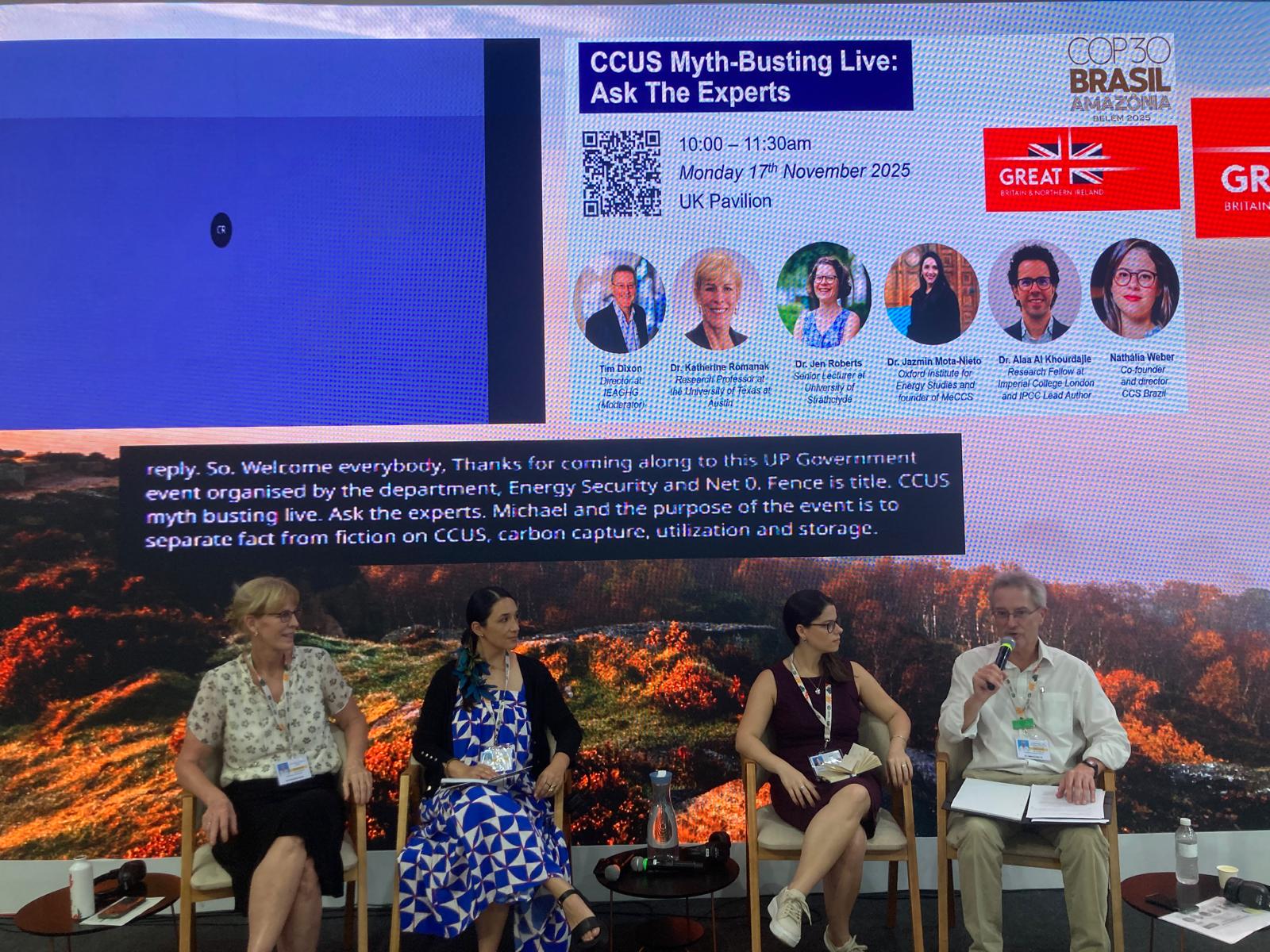
UK Pavilion Event
We had the CCS booth in the second week, organised by UT, CCSA, International CCS Knowledge Centre and IEAGHG. This was constantly busy with COP delegates coming to find out about CCS. This is always a good measure of the need to provide CCS information at COPs.
There was a second UNFCCC Side-event on CCS, on the second Wednesday, organised by GCCSI. This was in a panel discussion format rather than presentation based like ours, and being late in the day was not as well attended. I raised the topic of the need for CCS guidance in the EU’s CBAM on behalf of countries exporting into Europe, and the role for CCS in mitigating the emissions that will be associated with the cement which will be used in adaptation infrastructure, e.g. new sea walls.
Some misinformation related to CCS was again circulating in COP. The Guardian published that there were 1,600 fossil fuel lobbyists at COP, but that seemed to be counting all business delegates irrespective of sector. The Climate Action Network’s Fossil of the Day award went to Indonesia one day for having 40 fossil fuel lobbyists on their delegation, but the example given of how they influenced the Indonesia government’s position meant they were actually from nature-based solutions businesses. Fossil of the Day was also given to Japan for promoting CCS. An information book on False Hopes was cheekily left on our booth, which calls CCS a false solution, along with nuclear, hydro and many others. Overall, however, based just upon the interactions had, it felt like CCS was more positively viewed by delegates at this COP than previously.
Overall, this COP was held in difficult logistic conditions of high heat, very high humidity, heavy rain showers, and loud air-conditioning in many locations requiring headphones to hear speakers. The Brazil hosts did very well in creating this working space for such conditions. They did this by extending out temporary buildings from the existing conference centre onto the full length of a disused runway (I measured it to be 1.1km end-to-end inside the Blue Zone). Importantly there was plenty of drinking water freely available to help cope with the heat. It was a great pity for the hosts that a serious fire broke out in the pavilion area of the Blue Zone on the last Thursday afternoon, meaning the whole Blue Zone was evacuated. Fortunately, no-one was seriously injured, although it burned through the temporary roof above the pavilions, some delegates were treated for smoke inhalation, and some could not retrieve their baggage in time for their flights. This drama also showed the best in humanity, with the volunteer helpers and delegates helping others who needed it and looking out for each other.
Belem is a crowded port city with many tower blocks, squeezed into a peninsula in the inside of a bend in a very large river system. It did well to fit in 50,000 extra people for the COP, some staying on small cruise ships, and my experiences with the locals were always very positive and friendly. On the far side of the massive river, the tropical rain forest began. Some of the exotic tropical birds could also be found in the city, to remind you that you were in a tropical rain forest area (as well as the heat and humidity).
For many reasons, this will be a COP to remember – not least fire and water!
The IISD coverage of our UNFCCC Side-event is available at What is the Role of Non-State Actors in Delivering Carbon Capture and Storage, Including in Latin American and Caribbean Countries? | IISD Earth Negotiations Bulletin.
A recording of the CCUS Myth-Busting event is available at CCUS Myth-Busting Live: Ask The Experts.
A more comprehensive description of the outcomes will be available at Inside COP 30 | International Institute for Sustainable Development.
Featured photo credit: IISD/ENB Anastasia Rodopoulou
Other articles you might be interested in
Get the latest CCS news and insights
Get essential news and updates from the CCS sector and the IEAGHG by email.
Can't find what you are looking for?
Whatever you would like to know, our dedicated team of experts is here to help you. Just drop us an email and we will get back to you as soon as we can.
Contact Us Now

